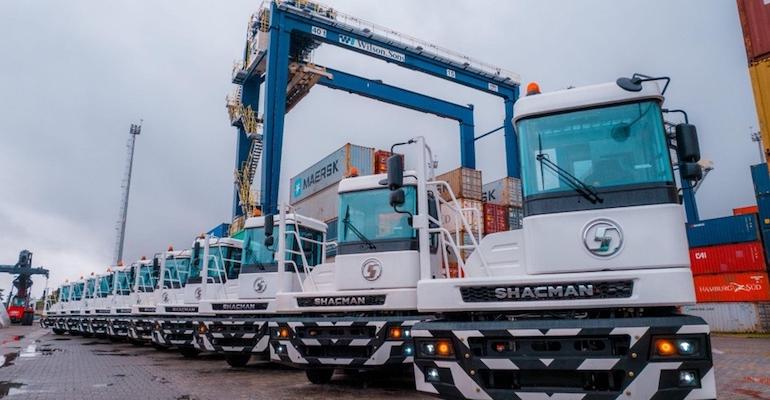The terminal has invested $5.03m in 12 electric terminal tractors, two reach stackers and a side loader powered with the world’s latest technologies.
The acquisition is aimed at increasing Port of Salvador’s service capabilities and competitiveness while focusing on efficiency and best practices for sustainable development.
“It is yet another action aligned with the most relevant demands and consistent such as the ESG guidelines and the United Nations Global Compact principles to which our sustainability strategies adhere,” said Salvador Container Terminal executive director Demir Lourenço.
With these investments, Brazil becomes the second country in the world and the first in the Americas to own a fleet of electric terminal tractors. The 12 TTs help to cut down on diesel consumption by about 150,000 litres per year in the Bahia facility. This is equivalent to 341 tonnes of CO2 that will be avoided annually from release into the atmosphere.
“This and other practices help us fulfil our ambition of being recognised as leaders in ESG initiatives in port and maritime logistics, generating positive impacts and prosperity for our stakeholders, as we further engage our personnel in our growth strategy by taking accountable actions in the climate agenda,” said Wilson Sons Sustainability director Monica Jaén.
Wilson Sons' investments in the Salvador container terminal exceed $210m. The company has recently completed expansion works at its container terminal, which includes duplicating the main berth from 377metres to 800 metres, in addition to 30,800 m² of back area paving, allowing the facility to be fully capable of operating the largest Neopanamax container ships.
Copyright © 2024. All rights reserved. Seatrade, a trading name of Informa Markets (UK) Limited.
Add Seatrade Maritime News to your Google News feed.  |

